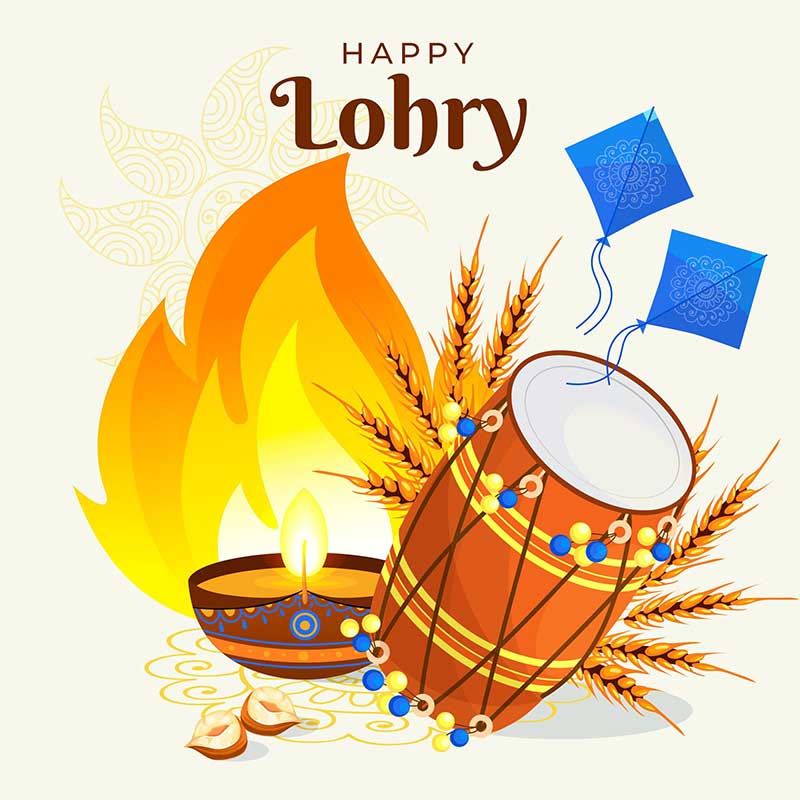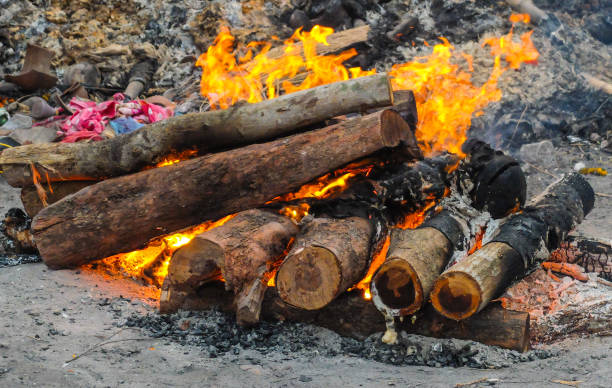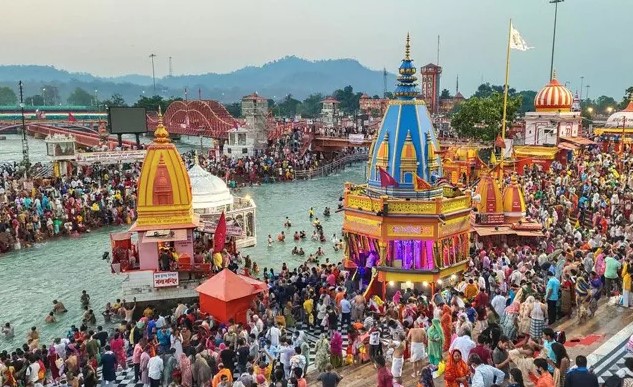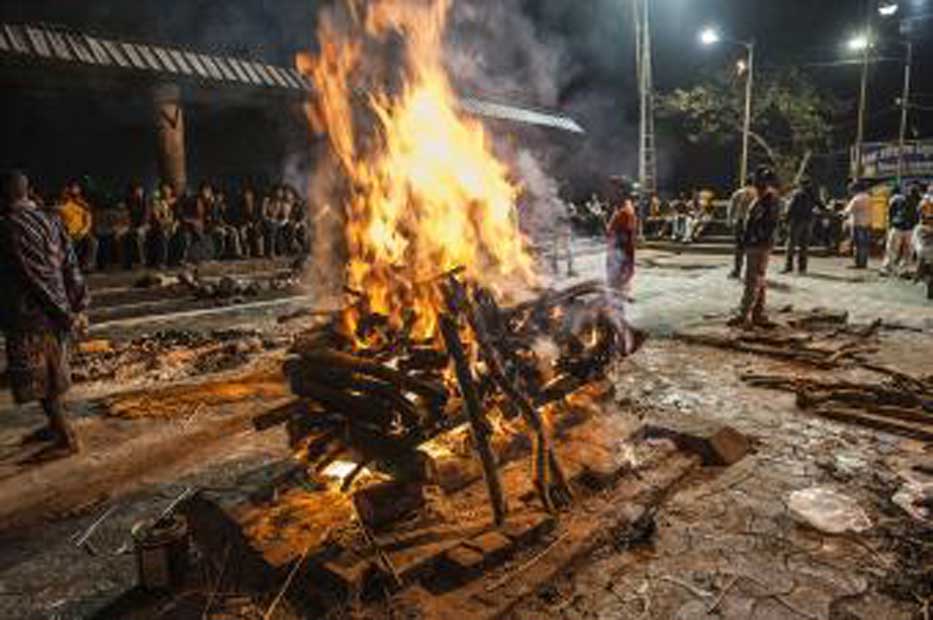Vaisakhi – बैसाखी : celebrated on Sun, 13 Apr, 2025
Baisakhi, also known as Vaisakhi, is a harvest festival celebrated mainly in Punjab and northern India. It is an occasion of joy, unity and renewal, signifying the abundance of the harvest season. The Hindu month Vaishakh begins from the day of Baisakhi. People celebrate this festival in April, typically on the 13th or 14th, depending on the Hindu calendar date.
Baisakhi falls on April 13th this year, which is a Sunday.
Other harvest festivals such as Bohag Bihu in Assam and Vishu in Kerala are also celebrated on this day.
Baisakhi is celebrated across the Indian subcontinent as it is an important agricultural festival that marks the flowering of crops. Along with this, it is also a social and cultural festival in which people wear colorful clothes
and enjoy dance and music. Punjab celebrates Baisakhi with great pomp and show.
Read Here about Indian Rituals, Traditions and Festivals
Baisakhi symbolizes the feeling of gratitude for a bountiful harvest, fostering a sense of community and sharing among people.
It is a time to enjoy the fruits of labour, dance to the beat of drums and enjoy scrumptious traditional cuisine.
Beyond its agricultural roots, Baisakhi stands as a symbol of spiritual awakening. It symbolizes a new beginning, encouraging individuals to reflect on their journey, discard negativity and embrace positivity.
For Sikhs, it is a time to reaffirm their commitment to the principles of Sikhism and to honor the sacrifices
made by their ancestors.
Vaisakhi commemorates the formation of the Khalsa Panth by Guru Gobind Singh in 1699, symbolizing courage, equality and the pursuit of justice.
The 10th Sikh Guru asked who in the crowd of thousands was ready to die for the religion. “Guru Gobind Singh baptized five people, who volunteered, thus becoming the first five members of a group known as the Khalsa.”
The tradition of Sikh baptism during the Baisakhi festival originated from this historical event.
बैसाखी – Vaisakhi
Vaisakhi बैसाखी, जिसे वैसाखी भी कहा जाता है, एक फसल उत्सव है जो मुख्य रूप से पंजाब और उत्तरी भारत में मनाया जाता है। यह खुशी, एकता और नवीनीकरण का अवसर है, जो फसल के मौसम की प्रचुरता को दर्शाता है। बैसाखी के दिन से ही हिंदू माह वैशाख की शुरुआत होती है। यह त्योहार अप्रैल के महीने में हिंदू कैलेंडर की संबंधित तिथि के अनुसार 13 या 14 अप्रैल को मनाया जाता है। इस वर्ष बैसाखी 13 अप्रैल को मनाई जाएगी। उसी दिन, अन्य फसल उत्सव जैसे असम में बोहाग बिहू और केरल में विशु भी मनाए जाते हैं।
बैसाखी को भारतीय उपमहाद्वीप में मनाया जाता है क्योंकि यह एक महत्वपूर्ण कृषि त्योहार है जो फसलों के उत्तान के मौके पर मनाया जाता है। इसके साथ ही, यह एक सामाजिक और सांस्कृतिक उत्सव भी है जिसमें लोग रंग-बिरंगे कपड़े पहनकर, नृत्य और संगीत का आनंद लेते हैं। विभिन्न भागों में, इसे विविधताओं के साथ मनाया जाता है, जैसे कि पंजाब में बैसाखी को बहुत धूमधाम से मनाया जाता है।
बैसाखी भरपूर फसल के लिए कृतज्ञता की भावना, समुदाय की भावना को बढ़ावा देने और लोगों के बीच साझा
करने की भावना का प्रतीक है। यह श्रम के फल का आनंद लेने, ढोल की थाप पर नृत्य करने और शानदार पारंपरिक
व्यंजनों का आनंद लेने का समय है।
अपनी कृषि जड़ों से परे, बैसाखी आध्यात्मिक जागृति के प्रतीक के रूप में खड़ी है।
यह एक नई शुरुआत का प्रतीक है, जो व्यक्तियों को अपनी यात्रा पर विचार करने, नकारात्मकता को त्यागने
और सकारात्मकता को अपनाने के लिए प्रोत्साहित करता है। सिखों के लिए, यह सिख धर्म के सिद्धांतों के प्रति अपनी
प्रतिबद्धता की पुष्टि करने और अपने पूर्वजों द्वारा किए गए बलिदान का सम्मान करने का समय है।
Read Here about Indian Rituals, Traditions and Festivals
यह 1699 में गुरु गोबिंद सिंह द्वारा खालसा पंथ के गठन की याद दिलाता है, जो साहस, समानता और न्याय की खोज का प्रतीक है।
10वें सिख गुरु ने पूछा कि हजारों की भीड़ में कौन धर्म के लिए मरने को तैयार है। आख़िरकार पाँच लोगों ने स्वेच्छा से काम किया
और गुरु गोबिंद सिंह ने उन्हें बपतिस्मा दिया जिसके बाद वे खालसा नामक समूह के पहले पाँच सदस्य बन गए।
बैसाखी त्योहार के दौरान सिख बपतिस्मा की परंपरा इस ऐतिहासिक घटना से उत्पन्न हुई।




